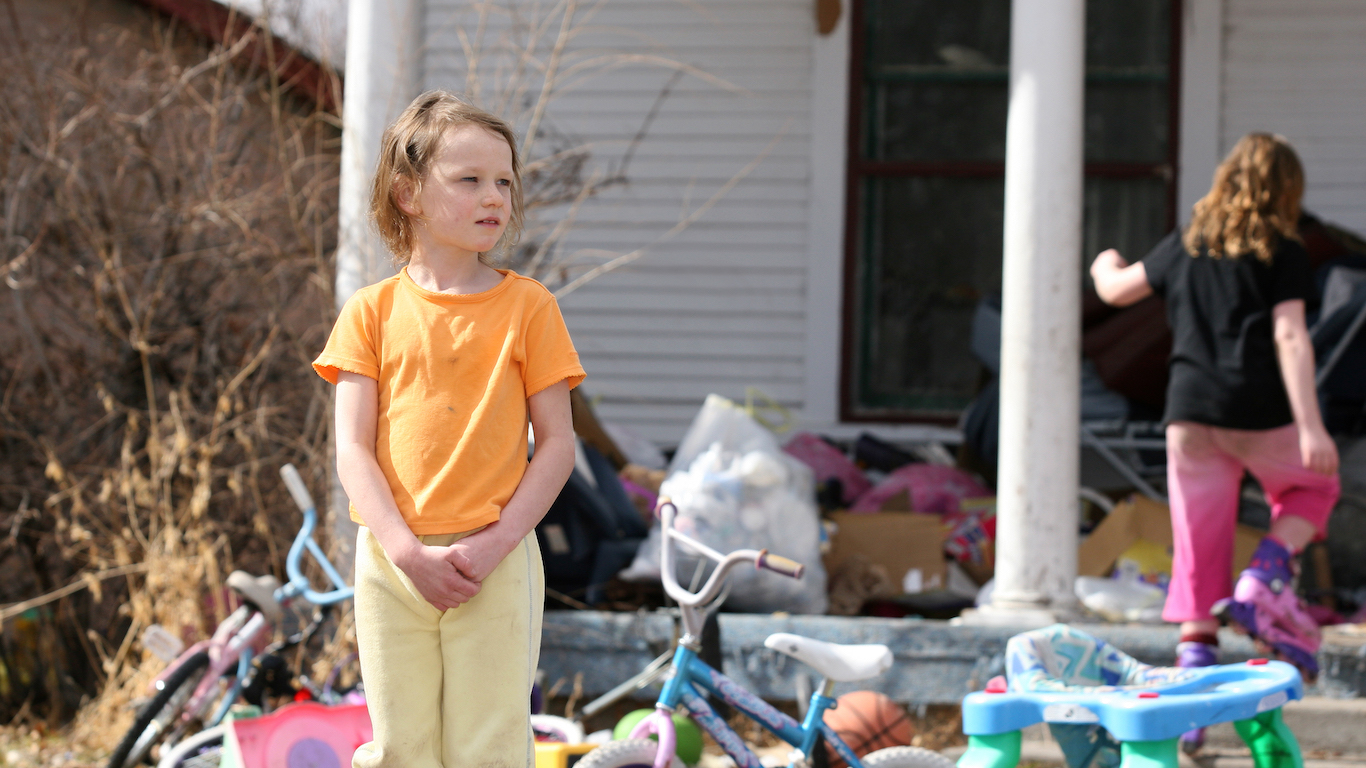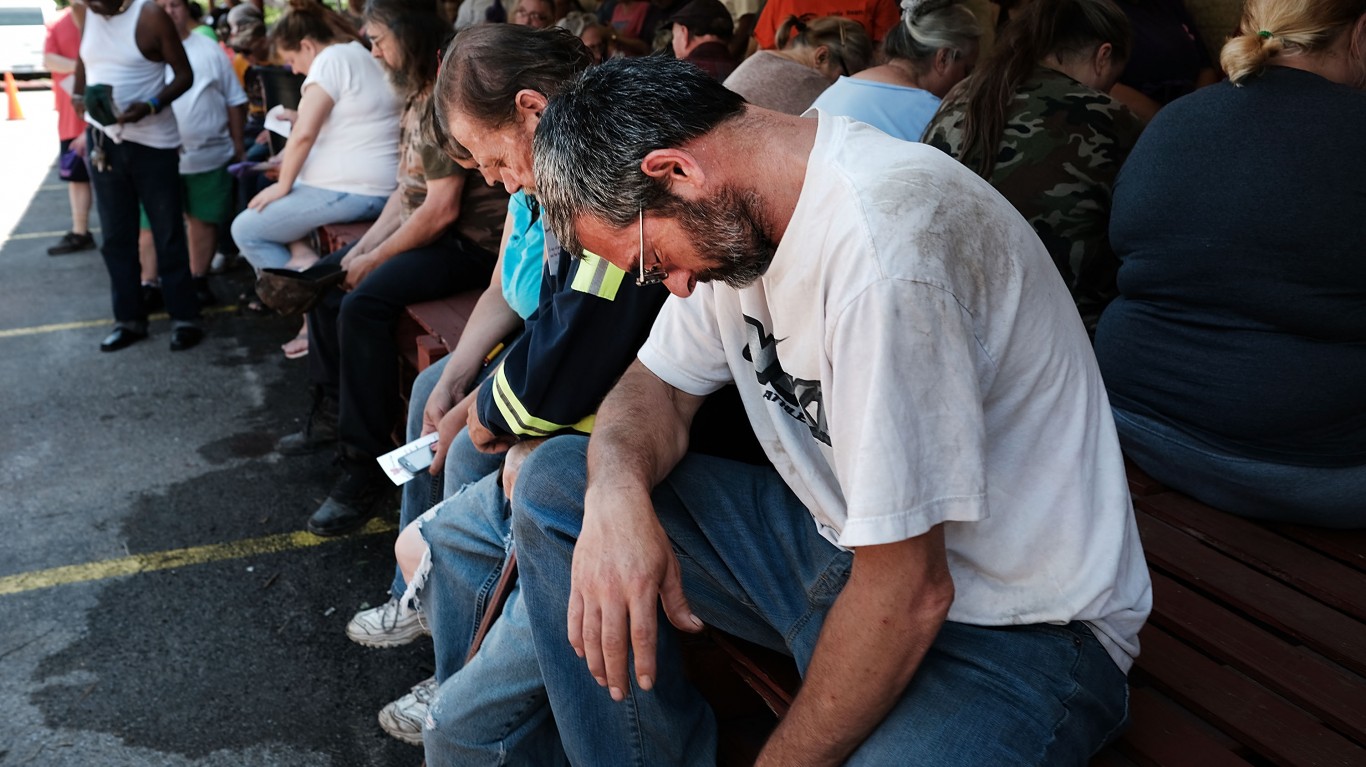
The U.S. Census Bureau has just released its “Income, Poverty and Health Insurance Coverage in the United States: 2020” report. Last year, the poverty rate for America was 11.4%, which was up 1% from 2019. Much of the increase was blamed on the COVID-19 pandemic. It was the first year poverty rose after five years in a row of declines. There were 37.2 million people in poverty in 2020, or about 3.3 million more than in the prior year.
There is a second way the Census Bureau reports poverty, which it calls the Supplemental Poverty Measure (SPM). This takes into account “post-tax income that includes stimulus payments.” Because of massive government efforts to aid the poor, this rate was 9.1%, a full 2.6 percentage points below the 2019 number.
The poverty threshold is based on income, and in most of the country, an individual with an annual income of less than $12,880, or a family of four earning less than $26,500, is considered to be living in poverty.
It is too early for the Census Bureau to release a complete set of figures for poverty rates in cities, towns and states, but the figures have varied widely in the past. Some towns have poverty rates below 5%. Others have figures well above 50%.
To determine the town with the highest poverty rates in the nation, 24/7 Wall St. reviewed five-year estimates of the percentage of people determined to be living below the poverty line from the U.S. Census Bureau’s 2019 American Community Survey (ACS).
We used census “place” geographies. That category includes 29,573 incorporated legal entities and census-designated statistical entities. Of those, 29,320 had boundaries that fell within one of the 50 states or the District of Columbia.
We defined towns based on population thresholds (having at least 1,000 people and less than 25,000 people), and 13,332 of the places fell within these thresholds.
Towns were excluded if poverty rates were not available in the 2019 ACS, if the population living in poverty was less than 1,000, if 25% or more of a town’s population were enrolled in undergraduate, professional, or graduate school during the same period, or if the sampling error associated with a town’s data was deemed too high.
The sampling error was defined as too high if the coefficient of variation (a statistical assessment of how reliable an estimate is) for a town’s poverty rate was above 15% and greater than two standard deviations above the mean coefficient of variation for all towns’ poverty rates. We similarly excluded towns that had a sampling error too high for their population for which poverty status had been determined, using the same definition.
The remaining 12,143 places were ranked based on their poverty rates. To break ties, we used median household income.
Additional information on the number of people living below the poverty line, median household income and the share of households receiving SNAP benefits are also five-year estimates from the 2019 ACS.
The town with the highest poverty rate is Watchtower, New York. Here are the details:
- Poverty rate: 92.0%
- Number of people living below poverty line: 1,938 (tied for 1,017th highest)
- Households receiving SNAP benefits: Not available
- Median household income: Not available
Click here to see all the towns with the highest poverty rates in America.
Travel Cards Are Getting Too Good To Ignore (sponsored)
Credit card companies are pulling out all the stops, with the issuers are offering insane travel rewards and perks.
We’re talking huge sign-up bonuses, points on every purchase, and benefits like lounge access, travel credits, and free hotel nights. For travelers, these rewards can add up to thousands of dollars in flights, upgrades, and luxury experiences every year.
It’s like getting paid to travel — and it’s available to qualified borrowers who know where to look.
We’ve rounded up some of the best travel credit cards on the market. Click here to see the list. Don’t miss these offers — they won’t be this good forever.
Thank you for reading! Have some feedback for us?
Contact the 24/7 Wall St. editorial team.




